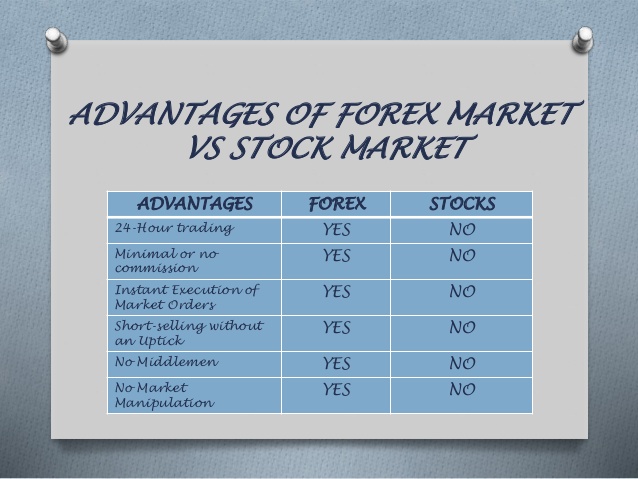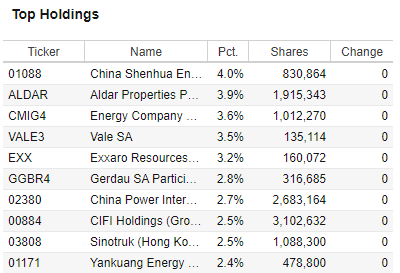
Looking for the best dividend stocks? Look for steady revenue growth. Inconsistent or erratic earnings growth could indicate trouble. Also important is a company’s competitive advantages. These might include proprietary technology, high barriers for entry, low customer switching fees, or strong brand.
Enbridge
Enbridge is a great dividend stock. Canadian pipeline giant Enbridge offers an annualized yield of 6.3%. This is higher than the 1.3% yield on the S&P 500. Furthermore, the company has seen its dividend increase for 27 consecutive years. Enbridge has also managed to diversify away from crude oil by building wind farms off the coast of France and developing other renewable energy projects. These projects will generate enough electricity to power approximately one million homes.
Enbridge has been paying dividends since 1992. The current TTM payout per Share is $2.66. This is 6.63% less than the median. The dividend payout ratio for shares is 2.29 and the lowest is 1.06.

Helmerich & Payne
You should invest in Helmerich & Payne, Inc. (HP) if you are looking to receive regular dividend payments. The company is a reliable dividend payer with a proven track record. Below is a list of its dividend history.
Helmerich & Payne is an oil and gas producer. Analysts project a dividend of 2,85 USD each share in 2019. This would give the dividend yield 6.99 percent. It is significantly higher than the average producer of oil and gas. The company expects to make 174 million USD in revenues in 2019 and earn a profit of 1,62 USD per share. Its PE-ratio is 25.16, which is above average for this industry.
T. Rowe Price
T. Rowe price currently has a dividend yield of 37%. The company's track record of profit growth is long. It went public in 1986. It has endured many recessions, including 2001's dot com bubble and 2009's financial crisis. T. Rowe Price stock suffered in these recessions. But it recovered with sustained growth over the next years.
The company's dividend payout ratio has not changed over the past twenty years. It is expected that the dividend payout ratio will reach 45.4% in 2022. That would make it one of the most dividend-rich stocks in the S&P 500. Its low, double-digit dividend growth rate will likely continue for several more years. The company is a Dividend Aristocrat. This designation is reserved for stocks that have continuously increased their dividends for at least 25 years.

Brookfield Infrastructure
Brookfield Infrastructure is a company which pays a large dividend. Brookfield Infrastructure paid out approximately 104% of its earnings in dividends last year. It also increased its earnings, and has been investing more of its profits into growth. The company has seen a rise in dividends over the last two years. Investors should note, however, that the company's earnings have not covered its dividend.
Dividend history helps investors determine the viability of a dividend payment. Brookfield Infrastructure Corp BIPC's dividend history can be used to gauge the reliability of its payments and long-term trends. Dividend yield as well as dividend growth should be considered when analyzing a company’s historical dividend history. These figures can be compared against the company's current figures as well as those of industry peers.
FAQ
What is a Bond?
A bond agreement between 2 parties that involves money changing hands in exchange for goods or service. It is also known to be a contract.
A bond is usually written on paper and signed by both parties. The bond document will include details such as the date, amount due and interest rate.
The bond is used when risks are involved, such as if a business fails or someone breaks a promise.
Many bonds are used in conjunction with mortgages and other types of loans. The borrower will have to repay the loan and pay any interest.
Bonds can also help raise money for major projects, such as the construction of roads and bridges or hospitals.
It becomes due once a bond matures. This means that the bond's owner will be paid the principal and any interest.
If a bond does not get paid back, then the lender loses its money.
How can someone lose money in stock markets?
Stock market is not a place to make money buying high and selling low. It's a place where you lose money by buying high and selling low.
The stock market is an arena for people who are willing to take on risks. They want to buy stocks at prices they think are too low and sell them when they think they are too high.
They believe they will gain from the market's volatility. They could lose their entire investment if they fail to be vigilant.
How does Inflation affect the Stock Market?
The stock market is affected by inflation because investors need to pay for goods and services with dollars that are worth less each year. As prices rise, stocks fall. Stocks fall as a result.
How do you choose the right investment company for me?
You want one that has competitive fees, good management, and a broad portfolio. Fees vary depending on what security you have in your account. Some companies don't charge fees to hold cash, while others charge a flat annual fee regardless of the amount that you deposit. Others charge a percentage on your total assets.
It's also worth checking out their performance record. Companies with poor performance records might not be right for you. Avoid low net asset value and volatile NAV companies.
It is also important to examine their investment philosophy. In order to get higher returns, an investment company must be willing to take more risks. If they aren't willing to take risk, they may not meet your expectations.
What are the benefits to investing through a mutual funds?
-
Low cost - Buying shares directly from a company can be expensive. A mutual fund can be cheaper than buying shares directly.
-
Diversification is a feature of most mutual funds that includes a variety securities. If one type of security drops in value, others will rise.
-
Professional management - Professional managers ensure that the fund only invests in securities that are relevant to its objectives.
-
Liquidity - mutual funds offer ready access to cash. You can withdraw your funds whenever you wish.
-
Tax efficiency - mutual funds are tax efficient. Because mutual funds are tax efficient, you don’t have to worry much about capital gains or loss until you decide to sell your shares.
-
Buy and sell of shares are free from transaction costs.
-
Mutual funds can be used easily - they are very easy to invest. All you need is a bank account and some money.
-
Flexibility - you can change your holdings as often as possible without incurring additional fees.
-
Access to information: You can see what's happening in the fund and its performance.
-
Ask questions and get answers from fund managers about investment advice.
-
Security - You know exactly what type of security you have.
-
Control - you can control the way the fund makes its investment decisions.
-
Portfolio tracking allows you to track the performance of your portfolio over time.
-
Ease of withdrawal - you can easily take money out of the fund.
Investing through mutual funds has its disadvantages
-
Limited selection - A mutual fund may not offer every investment opportunity.
-
High expense ratio – Brokerage fees, administrative charges and operating costs are just a few of the expenses you will pay for owning a portion of a mutual trust fund. These expenses will eat into your returns.
-
Lack of liquidity - many mutual fund do not accept deposits. They can only be bought with cash. This limits the amount that you can put into investments.
-
Poor customer service - there is no single contact point for customers to complain about problems with a mutual fund. Instead, you will need to deal with the administrators, brokers, salespeople and fund managers.
-
Ridiculous - If the fund is insolvent, you may lose everything.
Statistics
- Even if you find talent for trading stocks, allocating more than 10% of your portfolio to an individual stock can expose your savings to too much volatility. (nerdwallet.com)
- For instance, an individual or entity that owns 100,000 shares of a company with one million outstanding shares would have a 10% ownership stake. (investopedia.com)
- US resident who opens a new IBKR Pro individual or joint account receives a 0.25% rate reduction on margin loans. (nerdwallet.com)
- "If all of your money's in one stock, you could potentially lose 50% of it overnight," Moore says. (nerdwallet.com)
External Links
How To
How to Trade in Stock Market
Stock trading involves the purchase and sale of stocks, bonds, commodities or currencies as well as derivatives. The word "trading" comes from the French term traiteur (someone who buys and sells). Traders buy and sell securities in order to make money through the difference between what they pay and what they receive. It is one of the oldest forms of financial investment.
There are many different ways to invest on the stock market. There are three main types of investing: active, passive, and hybrid. Passive investors do nothing except watch their investments grow while actively traded investors try to pick winning companies and profit from them. Hybrid investors take a mix of both these approaches.
Passive investing involves index funds that track broad indicators such as the Dow Jones Industrial Average and S&P 500. This strategy is extremely popular since it allows you to reap all the benefits of diversification while not having to take on the risk. You just sit back and let your investments work for you.
Active investing means picking specific companies and analysing their performance. Active investors look at earnings growth, return-on-equity, debt ratios P/E ratios cash flow, book price, dividend payout, management team, history of share prices, etc. Then they decide whether to purchase shares in the company or not. If they feel the company is undervalued they will purchase shares in the hope that the price rises. On the other hand, if they think the company is overvalued, they will wait until the price drops before purchasing the stock.
Hybrid investing blends elements of both active and passive investing. A fund may track many stocks. However, you may also choose to invest in several companies. This would mean that you would split your portfolio between a passively managed and active fund.